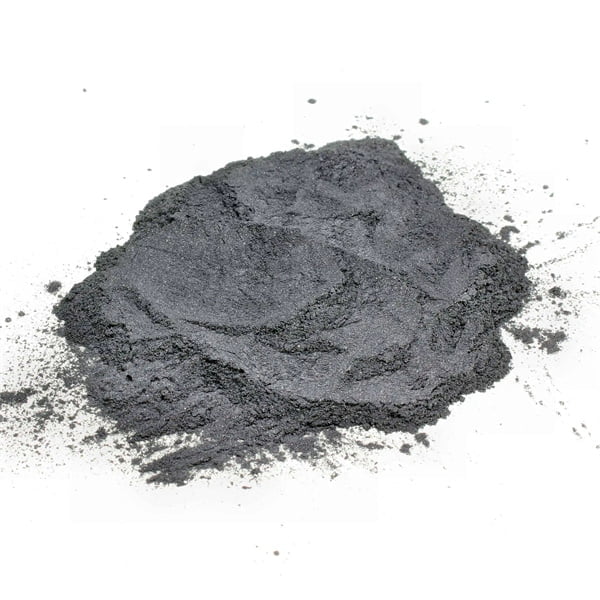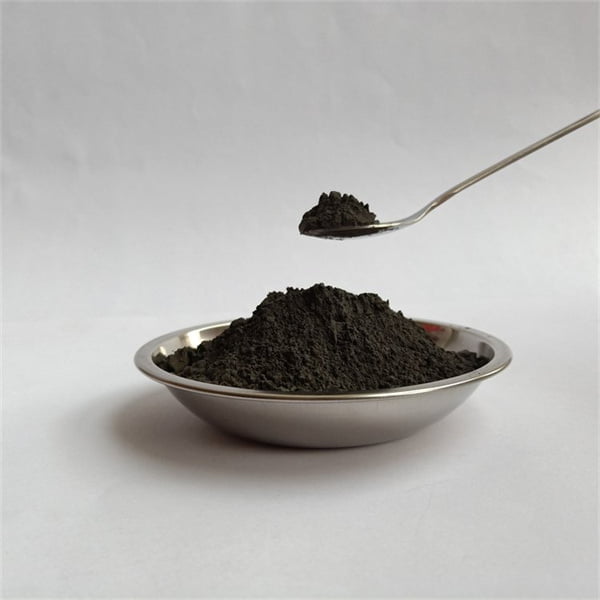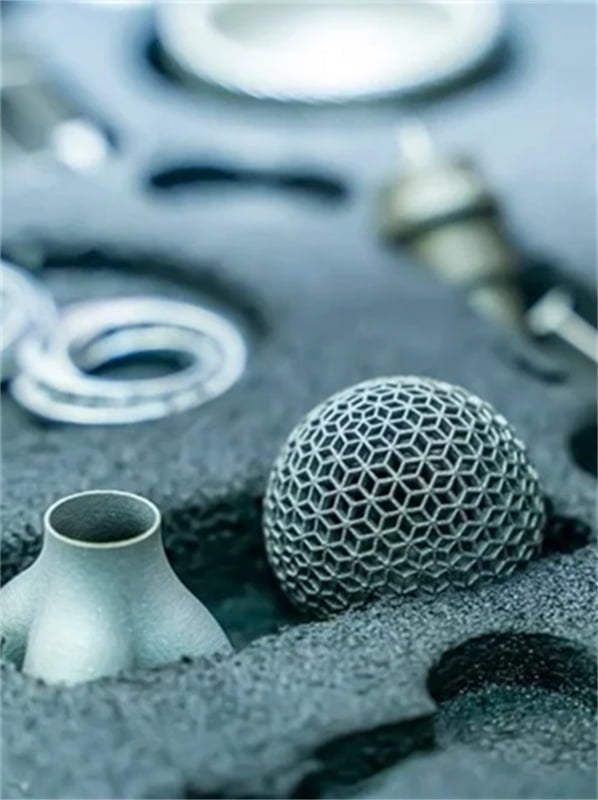Tungsten 3D Printing:Specifications,Pricing,Pros
Innehållsförteckning
Tungsten and tungsten alloy powders enable printing high-density components with excellent mechanical and thermal properties using laser powder bed fusion (LPBF) and electron beam melting (EBM). This guide provides an overview of tungsten metal 3D printing.
Introduktion till Tungsten 3D-utskrift
Tungsten is a unique material for additive manufacturing due to its:
- Exceptionally high density – 19 g/cm3
- Hög hårdhet och hållfasthet
- Utmärkt värmeledningsförmåga
- Hög smältpunkt på 3422°C
- Challenging processability and machinability
Key applications of printed tungsten parts:
- Avskärmning mot strålning
- Aerospace and motorsport components
- Radiotherapy devices and collimators
- Medical implants like dental posts
- Counterweights and balancing components
- Electrical contacts and heating elements
Common tungsten alloys for AM:
- Tungsten heavy alloys with Ni, Fe, Cu, Co
- Tungsten carbides
- Potassium doped tungsten oxides

Pure Tungsten Powder
Pure tungsten powder provides the highest densities:
Egenskaper:
- Density of 19.3 g/cm3
- Excellent radiation blocking and shielding
- High hardness up to 400 Hv
- Strength up to 1200 MPa
- Melting point of 3422°C
- God elektrisk och termisk ledningsförmåga
Tillämpningar:
- Medical radiation shielding
- X-ray collimators and appertures
- Aviation counterweights
- Vibration damping in motorsport
- Electrical contacts and heaters
Leverantörer: TRU Group, Buffalo Tungsten, Midwest Tungsten
Tungsten tunga legeringar
Tungsten heavy alloys with nickel, iron and copper provide ideal balance of density, strength and ductility:
Common grades:
- WNiFe (90W-7Ni-3Fe)
- WNiCu (90W–6Ni–4Cu)
- WNi (90W-10Ni)
Egenskaper:
- Density of 17-18 g/cm3
- Strength up to 1 GPa
- Good corrosion and wear resistance
- Hållfasthet vid höga temperaturer
Applikationer:
- Automotive and motorsport components
- Aerospace and defense systems
- Vibration damping weights
- Avskärmning mot strålning
- Medical implants like dental posts
Leverantörer: Sandvik, TRU Group, Nanosteel
Tungsten Carbides
Tungsten carbide powders print extremely wear resistant parts:
Typer
- WC-Co hardmetals with 6-15% cobalt
- WC-Ni cemented carbides
- WC-CoCr cermets
Fastigheter
- Hardness up to 1500 HV
- Compressive strength over 5 GPa
- High Young’s modulus
- Utmärkt nötnings- och erosionsbeständighet
Tillämpningar
- Skärande verktyg och borrkronor
- Wear parts and seals
- Ballistic armor components
- Metal forming and stamping tools
Leverantörer: Sandvik, Nanosteel, Buffalo Tungsten
Doped Tungsten Oxides
Potassium doped tungsten oxides like K2W4O13 provide unique electrical properties:
Egenskaper
- Semiconducting behavior
- Electrical conductivity tunable with doping levels
- High density up to 9 g/cm3
- High radiation stability
Tillämpningar
- Electronics and electrical components
- Electrodes, contacts and resistors
- Termoelektriska generatorer
- Radiation detectors
Leverantörer: Inframat Avancerade Material

Material Properties Comparison
| Material | Densitet (g/cm3) | Hållfasthet (MPa) | Hårdhet (HV) | Elektrisk resistivitet (μΩ-cm) |
|---|---|---|---|---|
| Ren volfram | 19.3 | 850 | 260 | 5.5 |
| WNiFe | 18 | 1000 | 380 | 8.1 |
| WC-12Co | 15.5 | 2000 | 1300 | 60 |
| K-doped WO3 | 9 | – | – | 1-100 |
Tungsten Powder Production Methods
1. Hydrogen Reduction
- Most common and economical process
- Tungsten oxide reduced by hydrogen
- Oregelbunden pulvermorfologi
2. Plasma Spheroidization
- Improves powder shape and flowability
- Done after hydrogen reduction
- Provides high purity
3. Atomisering med plasma
- Superior powder sphericity and flow
- Control over particle size distribution
- Lägre syreupptagning än gasatomisering
4. Chemical Vapor Synthesis
- Ultrafine nano-scale tungsten powders
- High purity with small particle sizes
- Used for tungsten oxide powders
Printer Technology for Tungsten
Laserpulverbäddfusion (LPBF)
- High power fiber lasers > 400W
- Inert argon atmosphere
- Precise melt pool control critical
Smältning med elektronstråle (EBM)
- Powerful electron beam > 3kW
- High vacuum environment
- Most suited for highly dense materials
Binder Jetting
- Adhesive binder used to selectively join powder
- Post-processing needed for full density
- Lower part strength compared to LPBF and EBM
LPBF and EBM allow printing high-density tungsten components.
Tekniska specifikationer
Typical tungsten powder specifications for AM:
| Parameter | Specifikation | Testmetod |
|---|---|---|
| Partikelstorlek | 15 - 45 mikrometer | Laserdiffraktion |
| Skenbar densitet | 9 – 11 g/cc | Hall-flödesmätare |
| Tappdensitet | 11 – 13 g/cc | ASTM B527 |
| Flödeshastighet | 25 - 35 s/50g | ASTM B213 |
| Syrehalt | < 100 ppm | Fusion med inert gas |
| Kolinnehåll | < 50 ppm | Combustion analysis |
| Sfäriskhet | 0.9 – 1 | Image analysis |
Controlling powder characteristics like particle size distribution and morphology is critical for high density prints.
Print Process Development
Optimizing LPBF process parameters for tungsten:
- Preheating to control cracking – typ. 100-150°C
- High laser power > 400W with precise control
- Small layer thickness around 20-30μm
- Scanning strategies to minimize stresses
- Controlled cooling after printing
For EBM:
- Heating to >600°C to sinter powder
- High beam current with small point size
- Slower scan speeds for full melting
- Minimizing thermal gradients
Test prints are required to characterize properties.
Leverantörer och prissättning
| Leverantör | Betyg | Prisintervall |
|---|---|---|
| TRU Group | Pure W, WNiFe | $350 – $850/kg |
| Nanosteel | WC-Co, WNiFe | $450 – $1000/kg |
| Buffalo Tungsten | Pure W, W-Cr | $250 – $750/kg |
| Inframat | Doped WO3 | $500 – $1500/kg |
| Sandvik | WC-Co, W-Ni-Cu | $300 – $800/kg |
- Pure tungsten costs ~$350 to $850 per kg
- Heavy alloys cost ~$450 to $1000 per kg
- Doped oxides up to $1500 per kg
Pricing depends on purity, morphology, powder quality, and order volume.
Efterbearbetning
Typical post-processing steps for tungsten AM parts:
- Support removal using EDM or waterjet
- Hot isostatic pressing to eliminate voids
- Infiltration with lower-melt alloys
- Machining to improve surface finish
- Joining to other components if needed
Proper post-processing is vital to achieve final part quality.
Applications of Printed Tungsten Components
Flyg- och rymdindustrin: Turbine blades, satellite components, counterweights
Fordon: Balancing weights, vibration damping parts
Medicinsk: Radiation shielding, collimators, dental implants
Elektronik: Heatsinks, electrical contacts, resistors
Försvar: Radiation shielding, ballistics protection
Printed tungsten components enable performance improvements in demanding applications across industries.

Pros and Cons of Tungsten AM
Fördelar
- High density for radiation shielding
- Excellent strength and hardness
- Good thermal and electrical properties
- Customized geometries
- Consolidates multiple parts
Nackdelar
- Difficult and expensive to process
- Brittle material requiring supports
- Low ductility and fracture toughness
- Kräver specialutrustning
Troubleshooting Printing Issues
| Utgåva | Möjliga orsaker | Korrigerande åtgärder |
|---|---|---|
| Porositet | Low powder density | Use high density powders near theoretical density |
| Inaccurate print parameters | Adjust laser power, speed, hatch spacing through test prints | |
| Sprickbildning | Large thermal gradients | Optimize preheating, scanning strategy |
| Höga restspänningar | Use hot isostatic pressing post-print | |
| Kontaminering | Ensure high purity processing atmosphere | |
| Vridning | Ojämn uppvärmning eller kylning | Optimize scan patterns, anchor part firmly to build plate |
Vanliga frågor
Q: What is the typical particle size used for tungsten printing powder?
A: 15-45 microns is common, with a tight control of the particle size distribution around 20-35 microns.
Q: What level of porosity can be expected in printed tungsten parts?
A: Less than 1% porosity is typically achieved through process optimization and hot isostatic pressing.
Q: What alloys provide a good balance of density and mechanical properties?
A: Tungsten heavy alloys with 6-10% Ni, Fe, and Cu provide high density with good ductility and fracture toughness.
Q: What post-processing is required on printed tungsten parts?
A: Support removal, hot isostatic pressing, infiltration, and machining are commonly used post-print processes.
Q: What preheating temperatures are used?
A: For LPBF, preheating up to 150°C is common to reduce residual stresses and cracking.
Q: What safety precautions are necessary when handling tungsten powder?
A: Use appropriate PPE, avoid inhalation, and follow safe powder handling procedures recommended by the supplier.
få veta mer om 3D-utskriftsprocesser
Q: What standards are used for qualifying tungsten printing powder?
A: ASTM B809, ASTM F3049, and MPIF Standard 46 cover chemical analysis, sampling, and testing.
Slutsats
Tungsten and its alloys enable additive manufacturing of high-density components with unrivaled stiffness, strength, hardness, and thermal properties using advanced 3D printing processes like LPBF and EBM. With its ultra-high melting point, density, and radiation blocking abilities, printed tungsten components find uses across aerospace, motorsport, medical, defense, and electronics applications. However, the challenging printability and post-processing requirements necessitate rigorous process control and parameter optimization to achieve full densification and ideal material properties. As expertise and experience in printing tungsten develops, its unique advantages can be leveraged to manufacture high-performance components with capabilities exceeding traditional manufacturing limitations.
Dela på
MET3DP Technology Co, LTD är en ledande leverantör av lösningar för additiv tillverkning med huvudkontor i Qingdao, Kina. Vårt företag är specialiserat på 3D-utskriftsutrustning och högpresterande metallpulver för industriella tillämpningar.
Förfrågan för att få bästa pris och anpassad lösning för ditt företag!
Relaterade artiklar

Högpresterande segment för munstycksvingar: Revolutionerande turbineffektivitet med 3D-utskrift i metall
Läs mer "Om Met3DP
Senaste uppdateringen
Vår produkt
KONTAKTA OSS
Har du några frågor? Skicka oss meddelande nu! Vi kommer att betjäna din begäran med ett helt team efter att ha fått ditt meddelande.

Metallpulver för 3D-printing och additiv tillverkning
FÖRETAG
PRODUKT
cONTACT INFO
- Qingdao City, Shandong, Kina
- [email protected]
- [email protected]
- +86 19116340731








